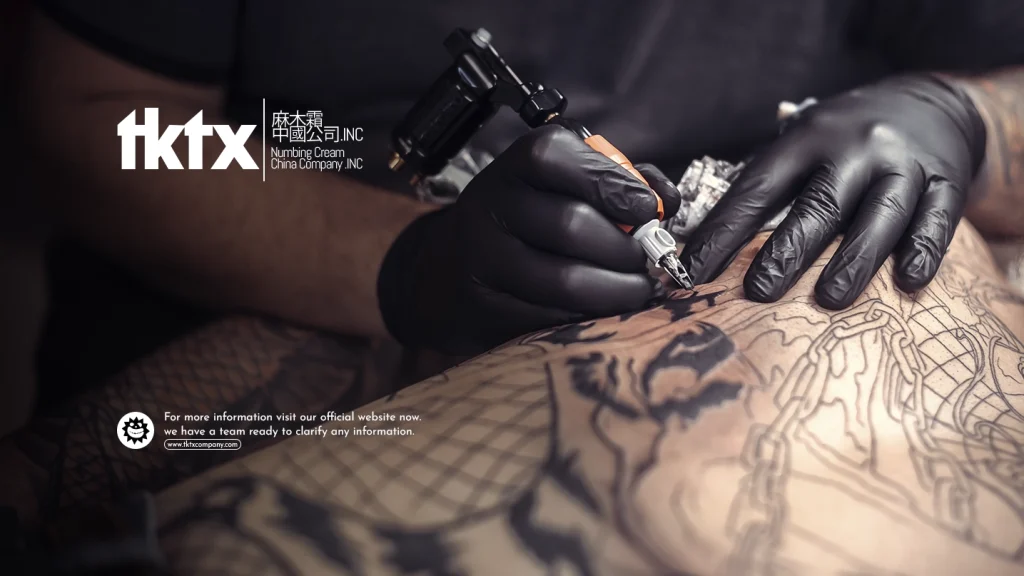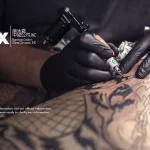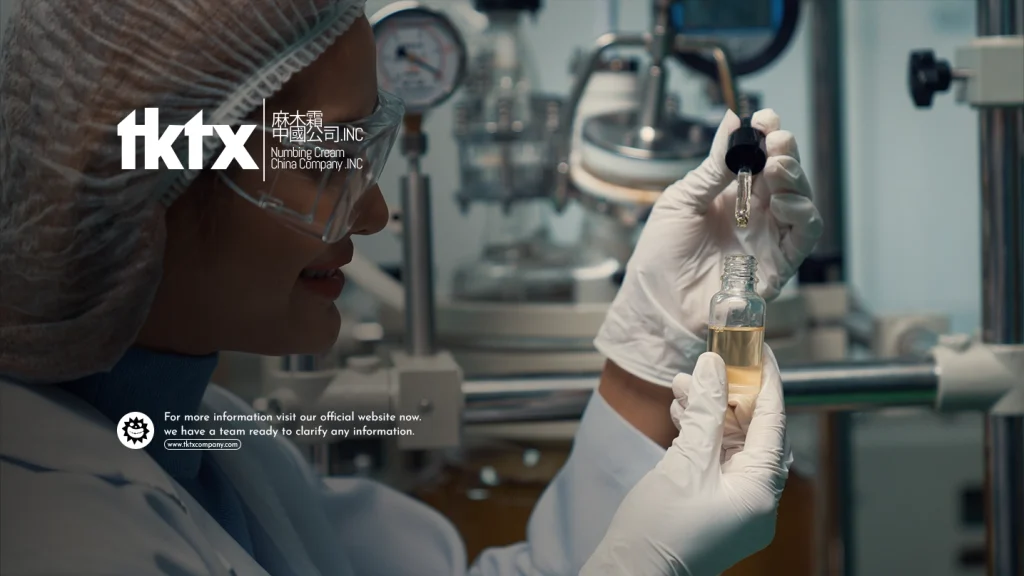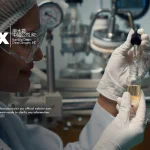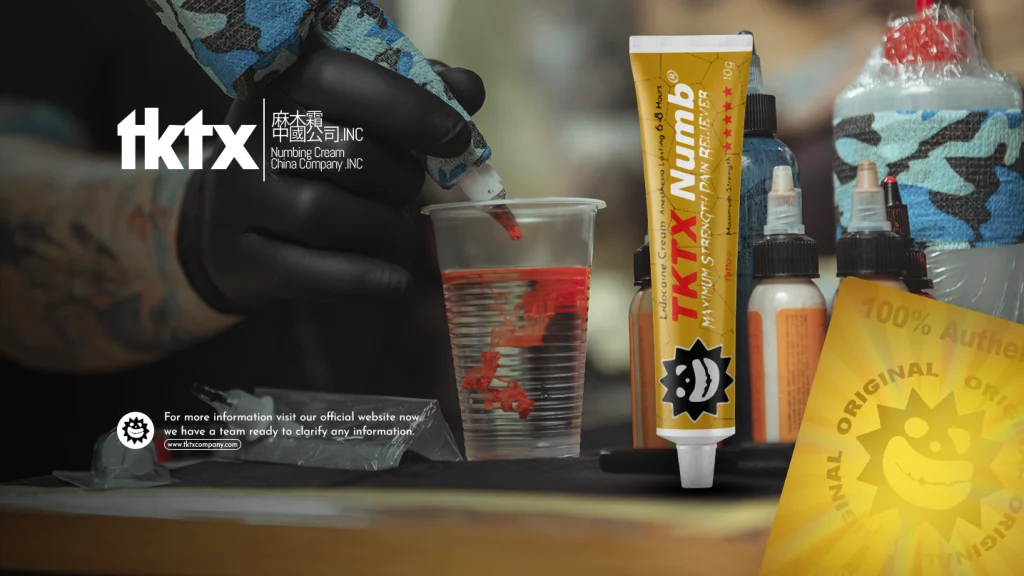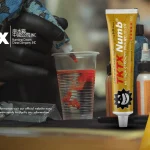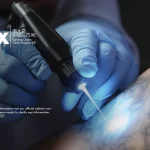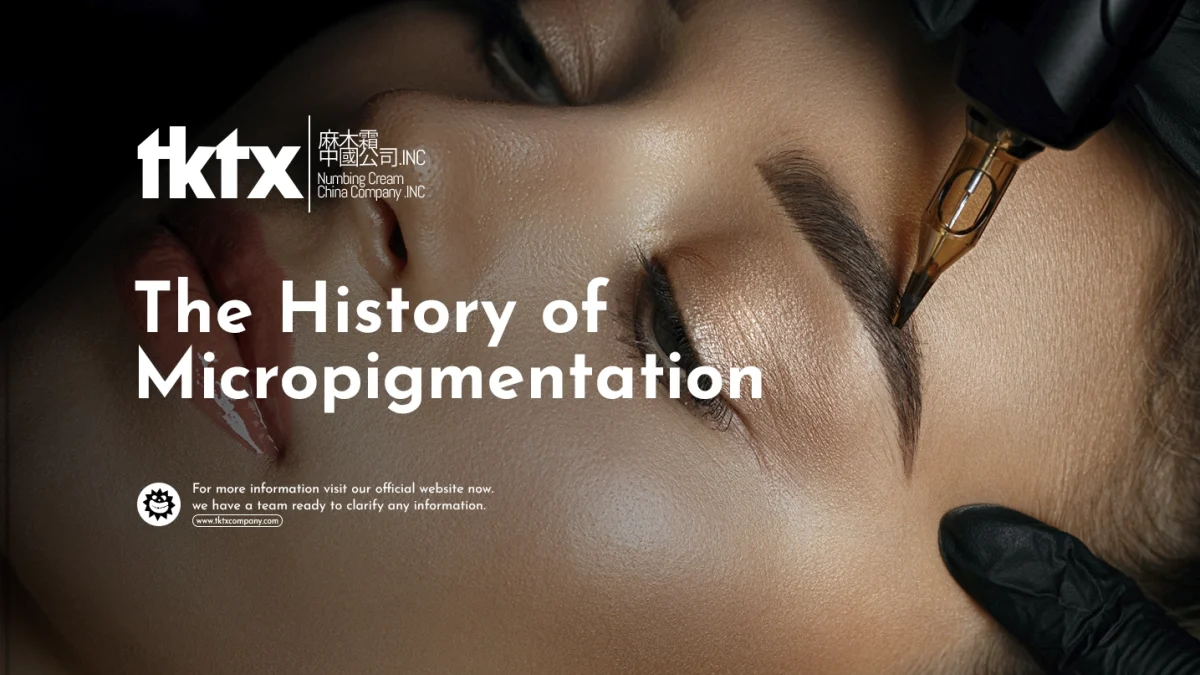
Micropigmentation, also known as semi-permanent makeup, has gained popularity in recent years as a solution for those looking to enhance the appearance of eyebrows, lips, and other facial areas in a long-lasting way. This article explores the history of micropigmentation, from its origins to modern techniques and its impact on the field of aesthetics.
Origins of Micropigmentation
Early Traces
The origins of micropigmentation can be traced back to ancient tattooing practices. Civilizations such as the Egyptians and Chinese used rudimentary techniques to insert pigments into the skin for aesthetic and therapeutic purposes. However, micropigmentation as we know it today began to develop in the 20th century.
Evolution in the 20th Century
Modern micropigmentation began to take shape in the 1970s and 1980s. Inspired by tattooing techniques, aesthetic specialists started adapting tools and pigments to create a form of semi-permanent makeup that could be used on the face. The initial applications focused mainly on eyeliner and lip liner.
Development and Popularization
1990s
In the 1990s, micropigmentation technology advanced significantly. The invention of more precise machines and improvements in pigment formulations allowed for more natural and long-lasting results. During this time, the technique started gaining popularity among celebrities and fashion professionals, helping to spread its acceptance among the general public.
2000s
At the turn of the millennium, micropigmentation became even more popular. Techniques were refined to include eyebrow correction, lip contouring, and even the camouflage of scars and vitiligo. The advent of the microblading technique, which uses a small blade to create fine strokes that mimic hair, revolutionized the eyebrow industry.
Modern Techniques
Microblading
Microblading is a manual technique where a small blade is used to insert pigment into the skin, creating strokes that resemble natural eyebrow hairs. It is one of the most popular micropigmentation techniques due to its realistic results.
Digital Micropigmentation
Digital micropigmentation uses an electric machine with ultra-fine needles to deposit pigment into the skin. This technique is used for various procedures, including eyeliner, lip contouring, and eyebrows.
Scalp Micropigmentation
Scalp micropigmentation is a technique used to create the appearance of hair follicles in areas of hair loss. This technique can help create a more defined hairline and give the appearance of denser hair.
Benefits and Considerations
Benefits
Micropigmentation offers numerous benefits, such as saving time on daily makeup routines, providing a more defined and symmetrical appearance, and correcting imperfections or enhancing facial features. It is especially useful for individuals with medical conditions affecting hair growth, such as alopecia.
Considerations
While micropigmentation is generally safe, it is important to choose a qualified professional and follow all post-procedure care instructions to avoid complications like infections or allergic reactions. The durability of the pigment can vary from person to person, depending on factors such as skin type and personal care.
Conclusion
The history of micropigmentation is marked by continuous innovations and growing popular acceptance. From its origins in ancient tattooing practices to advanced modern techniques, micropigmentation has evolved into a sophisticated art that offers practical and effective aesthetic solutions. With the ongoing evolution of technology and techniques, the future of micropigmentation promises even more precision and customization to meet individual beauty needs.



